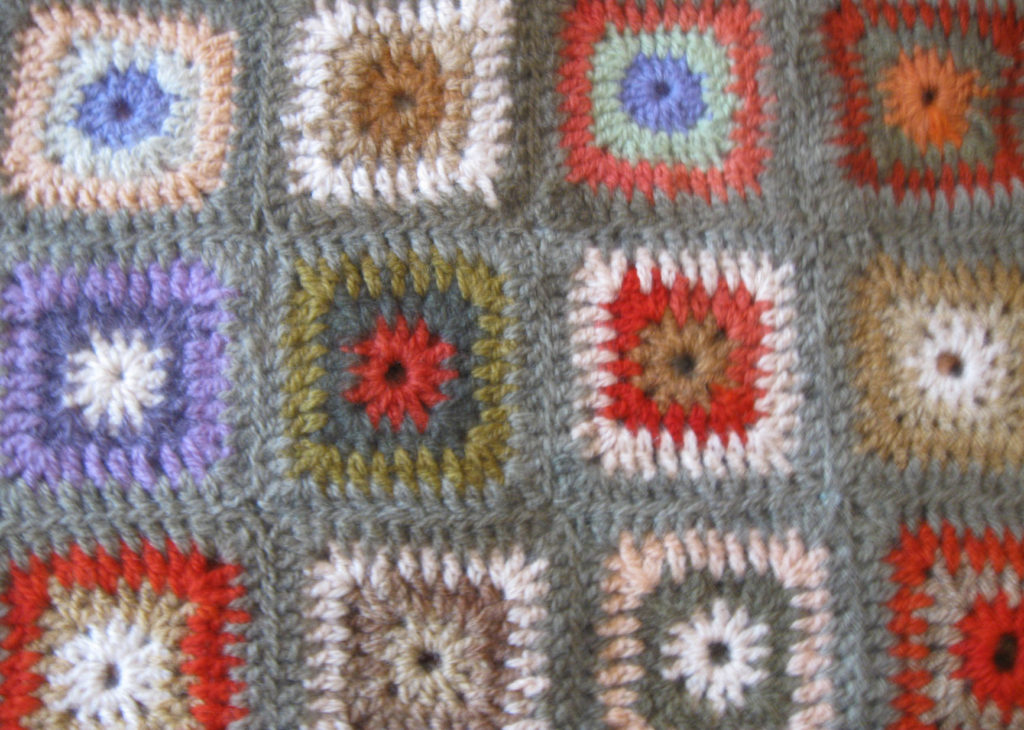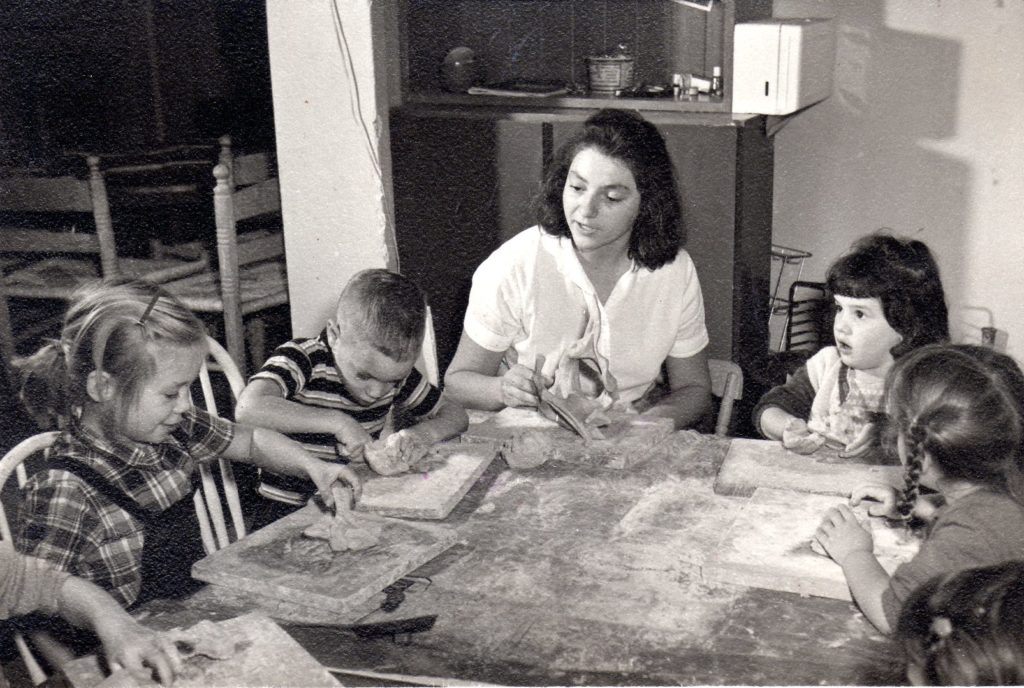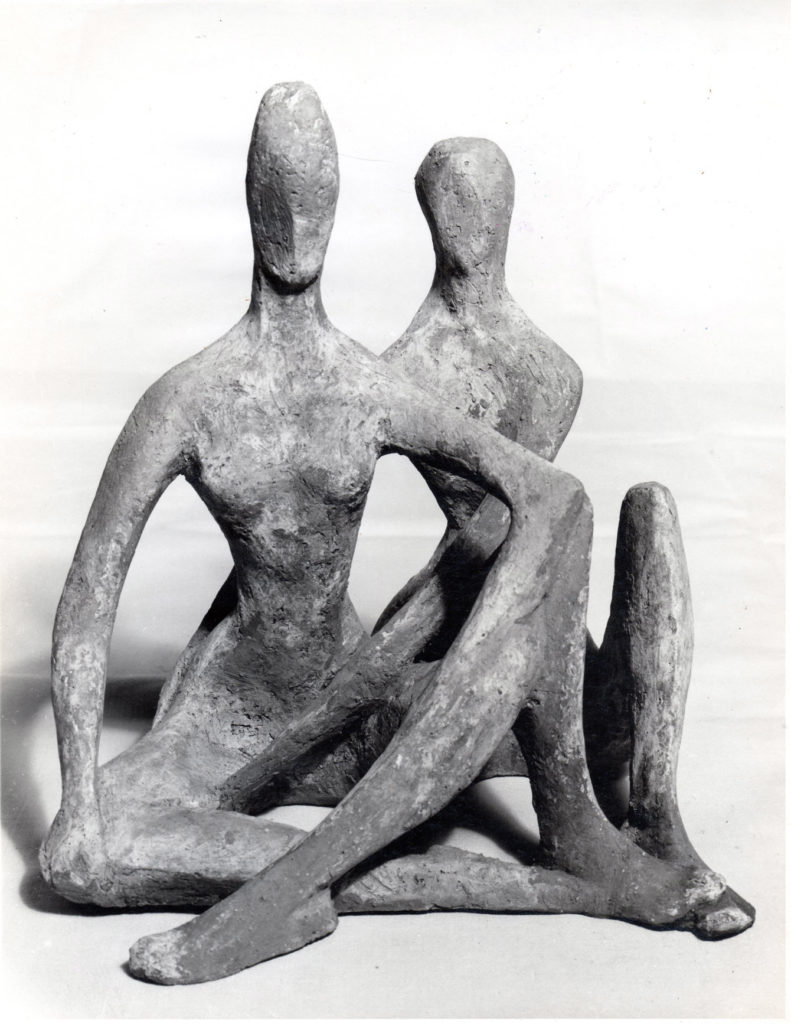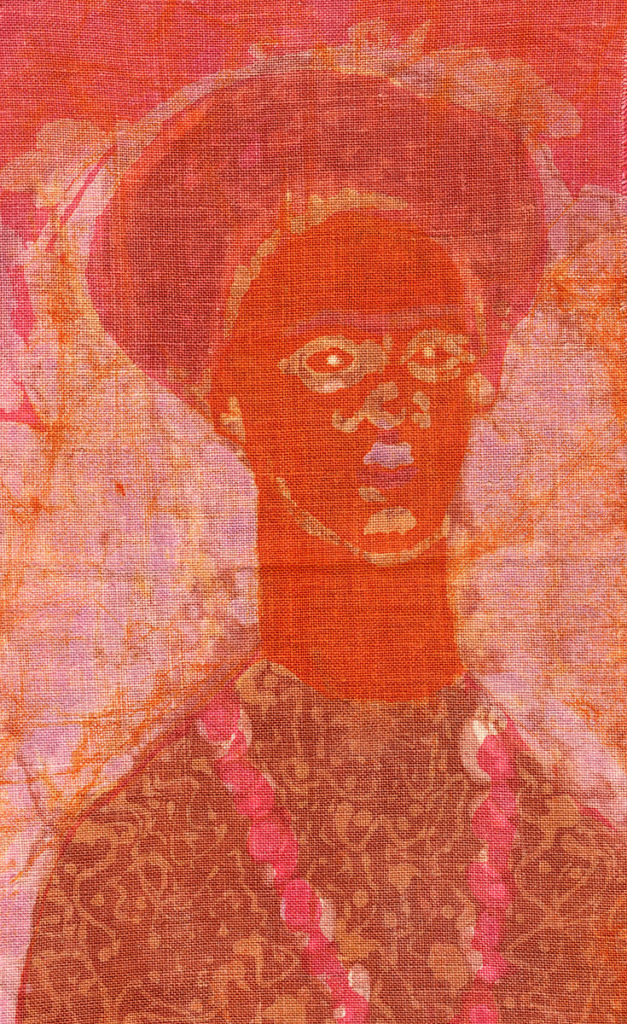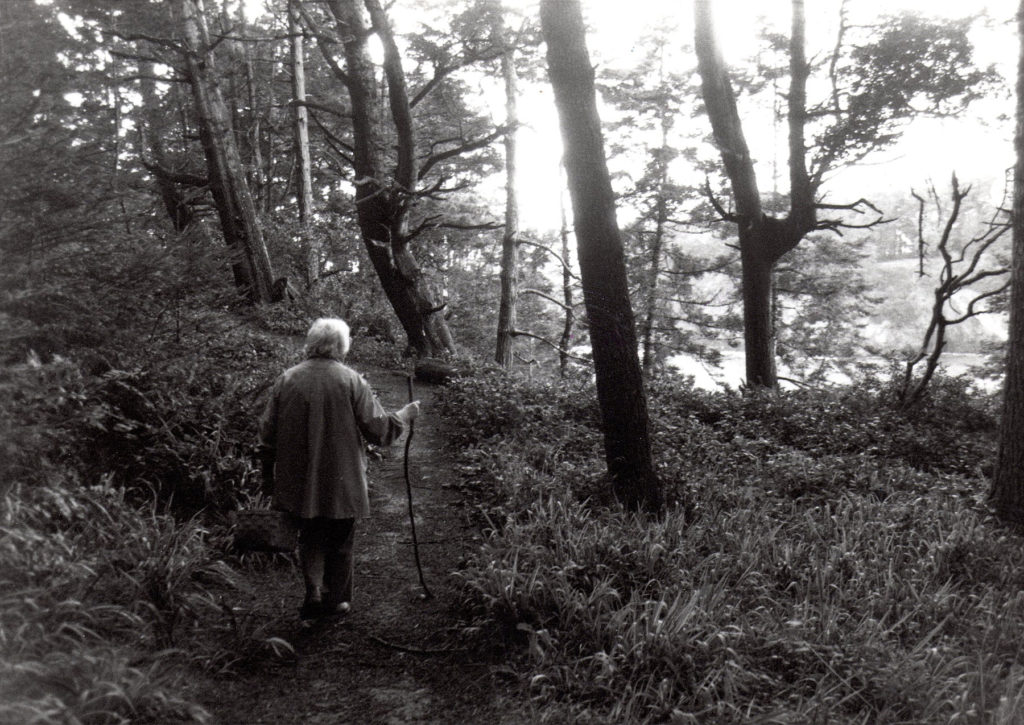In the late 1960s, Rice began working with natural dyes as pigments for her wood block prints and this led her to experiment further with extracting color from mushrooms for a variety of applications. Over time, she uncovered a wide palette of mushroom dyes that were both colorfast and lightfast, and she is now acknowledged as a pioneer of modern research into […]
Read More
Making and doing compelled Miriam; process was more important than the outcome. Materials drove the process as much as the artist’s conception of the piece. Discovering new materials (clay from the ground, mushrooms along the trail) and manipulating them to build something out of nothing (a child’s head, a bowl) was at the heart of […]
Read More
Miriam’s life as an artist began as a sculptor. She is 15 or 16 in the early photo included here and was already receiving recognition for her portraiture. She had the uncanny ability to render in three dimensions a true copy of what she was taking in visually. She worked effectively both additively, building up […]
Read More
Miriam was introduced to batik, a technique of wax-resist dyeing of cloth, by a friend from Sweden, Ebba Evers. She began experimenting with Swedish dyes in the late 1960s. The relationship between these batiks and her prints is very strong. Both mediums explore positive and negative space in bold, raw images featuring women and children.
Read More
Miriam C. Rice was born in 1918 in Clinton, Massachusetts to a large and loving Jewish family. Early on she discovered her deep interest in the arts, in particular sculpture for which she received critical recognition. By age 18 she was living in New York City and studying at the Art Students League where she […]
Read More

